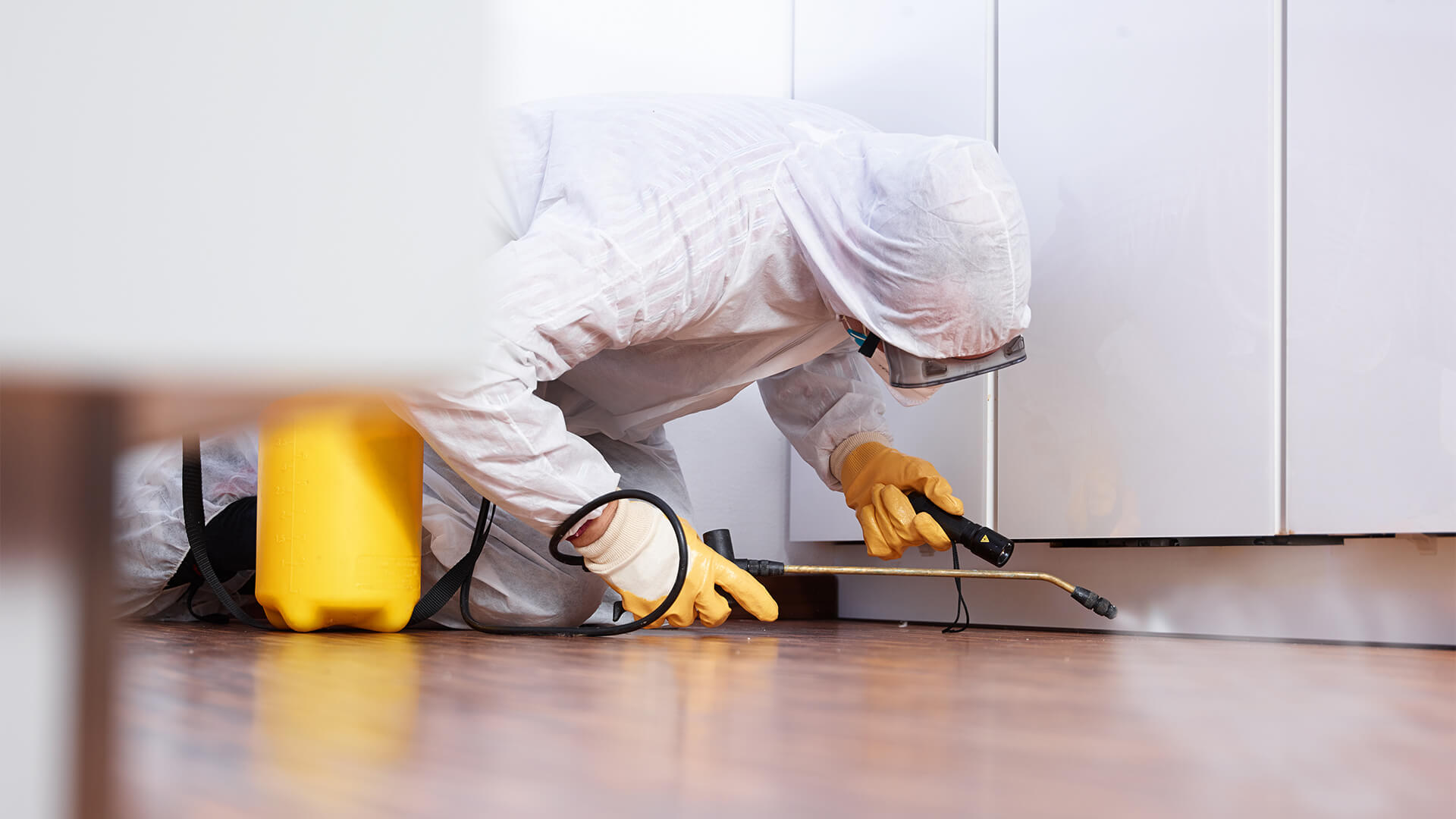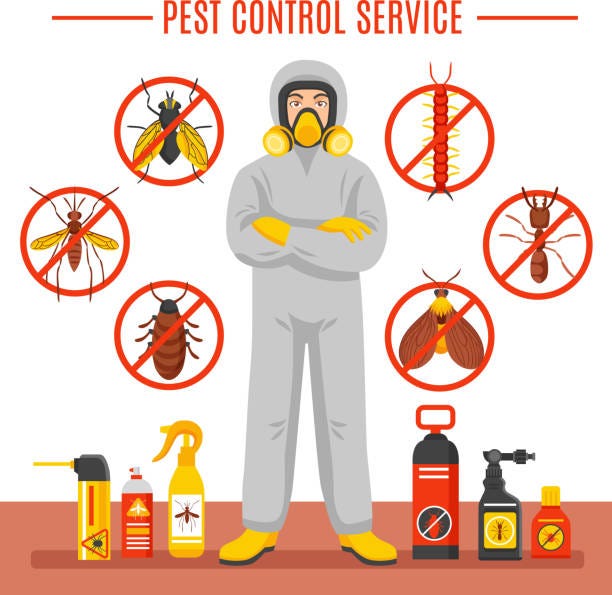A1 Pest Control Charlotte NC Bed Bugs - Expert Elimination Services
Wiki Article
Bed Pest Therapy Failure: Contrasting Chemical Vs. Non-Chemical Solutions
In the realm of bug control, specifically when managing the consistent problem of bed pests, the choice between chemical and non-chemical treatment options can be a crucial one. Both techniques offer distinct advantages and downsides, affecting aspects such as performance, security factors to consider, and total cost. By analyzing the nuanced information of each method, a clearer understanding of which course to go after in dealing with a bed bug invasion can be achieved.Effectiveness of Chemical Treatments
Chemical therapies for bed bug problems have been extensively identified for their potent and quick efficiency in eradicating these pests. When taking into consideration the performance of chemical treatments, it is essential to comprehend that they can provide a detailed and fast option to a bed bug issue.In addition, chemical therapies have the benefit of providing residual effects, meaning that they can proceed to get rid of bed pests also after the initial application. This recurring activity is particularly valuable in combating any type of possible re-infestations. Furthermore, the quick action of chemical therapies can bring relief to people facing serious bed pest invasions, enabling them to reclaim control of their space rapidly.
Safety And Security Worry About Chemical Solutions
One critical aspect that needs mindful factor to consider when using chemical services for bed pest therapy is making certain the security of owners and the setting. While chemical treatments can be reliable in getting rid of bed pests, they might posture dangers otherwise taken care of effectively. Among the key safety and security worry about chemical services is the possible injury they can trigger to human health and wellness. Direct exposure to particular chemicals utilized in bed bug treatments can bring about respiratory system issues, skin inflammation, or other adverse responses, particularly in individuals with pre-existing conditions or sensitivities. Additionally, improper application or dose of chemical pesticides can result in poisonous residues sticking around in the treated location, presenting lasting wellness dangers to occupants.Additionally, the ecological effect of chemical solutions is one more considerable factor to consider. Some pesticides utilized in bed pest therapies may be dangerous to valuable insects, wildlife, and ecological communities if they leach into the soil or water supply. It is essential to utilize chemical treatments sensibly, following security guidelines, and taking into consideration much less poisonous options to mitigate these dangers and make certain the safe and efficient administration of bed bug infestations.
Advantages of Non-Chemical Approaches
Considering the possible security problems and environmental effect associated with chemical services for bed bug therapy, checking out non-chemical techniques provides an encouraging choice with several unique benefits. Non-chemical treatments are ecologically friendly, as they do not contribute to air or water pollution, making them a sustainable option for insect control.Additionally, non-chemical options can be efficient in targeting bed bugs, including hard-to-reach locations where chemical therapies might not pass through - A1 bed bug treatment in charlotte. Approaches such as heat treatment, vacuuming, steam cleaning, and cushion encasements give extensive removal without the usage of dangerous chemicals.
Limitations of Non-Chemical Treatments

Additionally, non-chemical therapies commonly call for numerous applications to attain successful obliteration. This can be lengthy and may not constantly ensure total removal of all bed insects and their eggs, particularly in concealed or hard-to-reach places.
Additionally, the success of non-chemical therapies heavily relies upon appropriate implementation and thoroughness, which can be testing for individuals without specialist proficiency. Poor application of non-chemical methods may result in insufficient removal, bring about consistent infestations and the need for added treatments.
For that reason, while non-chemical therapies have their advantages, it is important to recognize these restrictions and consider them when determining the most reliable strategy for managing bed pest invasions.
Price Contrast: Chemical Vs. Non-Chemical Options
Given the restrictions related to non-chemical treatments, an essential element to examine in the context of bed pest management is the expense contrast between chemical and non-chemical options. Chemical treatments commonly involve the application of insecticides by experts, which can vary from $250 to $900 per room, depending on the extent of the invasion and the dimension of the location to be treated. On the other hand, non-chemical therapies like heat therapy or steam can be a lot more pricey, with expenses ranging from $1,000 to $6,000 for an entire home. While the preliminary expense of chemical therapies may appear reduced, several therapies might be required to fully get rid of the infestation, potentially raising the total price. On the other hand, non-chemical options might offer an extra environmentally friendly and lasting service, although they can be cost-prohibitive for some people. Ultimately, when considering the price of bed bug treatment choices, it is essential to consider the ahead of time expenditures against the effectiveness and long-lasting sustainability of the picked approach.Final Thought

Considering the prospective security concerns and environmental impact linked with chemical solutions for bed insect therapy, checking out non-chemical techniques presents an appealing alternative with a number of unique benefits.Provided the constraints associated with non-chemical therapies, a crucial element to evaluate in the context of bed insect management is the expense comparison in between chemical and non-chemical options. In comparison, non-chemical therapies like warm therapy or steam can be a lot more expensive, with expenses varying from $1,000 to $6,000 for A1 charlotte bed bug exterminator an entire home. While the first cost of chemical therapies may appear reduced, multiple treatments may be needed to fully eradicate the invasion, possibly increasing the general price.In conclusion, when contrasting chemical and non-chemical bed insect therapy alternatives, it is necessary to consider efficiency, safety, benefits, restrictions, and expense.
Report this wiki page